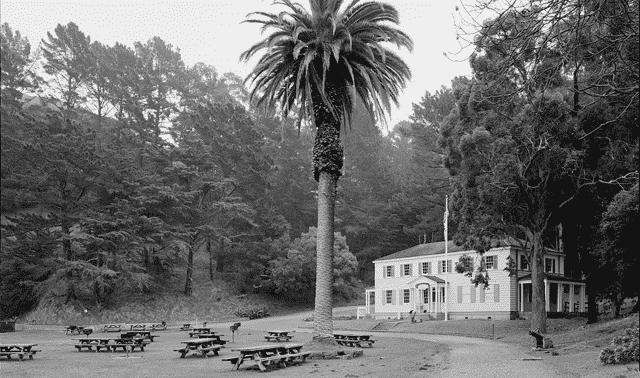Q. What advice do you have for people researching genealogy in Japan? I’ve heard about registration offices and family associations.
A. Since the late 19th century, Japanese families or households have created family registers, called koseki. They contain information on births, deaths, parents, marriages and more. When someone died, married or renounced his Japanese citizenship, his name was taken off the koseki and placed on a joseki (withdrawn register).
Ward offices in Japan keep koseki under the head-of-household’s name (koshu) or the first person listed (hitosha), and the registered hometown or permanent address (honseki). Before you request a register, you’ll need to know which office to contact. Most charge a fee to fill your request. In your request letter; give your ancestor’s (or the head-of-household’s) full name, hometown, birth date and address in Japan, if you know it. Include a self-addressed, stamped envelope, too.
Stuart Terashita’s Japanese-American Genealogy Home Page <www.geocities.com/siliconvalley/garage/4464> and A Student’s Guide to Japanese American Genealogy by Yoji Yamaguchi (Oryx Press) can help you find ward offices and request registers.
The Japanese genealogy experts I spoke with hadn’t heard of family associations, but they did mention kenjinkai, social associations of Japanese-Americans from the same village in Japan. Terashita says kenjinkai formed consumer cooperatives, helped new immigrants find jobs and invested in businesses. Unfortunately, few kenjinkai still exist, and most of their records are in private collections, were lost, or aren’t genealogically helpful. To find out if a kenjinkai exists in your area, check with Japanese American organizations and search Google <www.google.com> for kenjinkai and your city or state name.
Record loss due to natural disasters and wars makes Japanese research a challenge. The National Archives of Japan launched its Digital Archives <www.digital.archives.go.jp/index-e.html> in 2005. Much of the content pertains to government bodies, but you might find historical maps, photos and documents. In the United States, the National Archives and Records Administration (NARA) offers helpful Web links <archives.govlgenealogy/heritage> (click Asian). NARA’s San Francisco-area facility <archives.govlpacific/san-francisco> holds Japanese immigration, naturalization and WWII internment records. The Church of Jesus Christ of Latter-day Saints’ Family History Library <www.familysearch.org > also has Japanese immigration resources run a place search of the online catalog for japan to see its holdings.
For more help researching Japanese roots, visit JapanGenWeb < www.rootsweb.com/~jpnwgw> and the Japanese American National Museum’s Hirasaki National Resource Center <www.janm.org/nrc >. And try California State University, Sacramento’s Japanese American Archival Collections <Library.csus.edu/collections/jaac> for research guides, photos and more.
From the April 2006 issue of Family Tree Magazine.
Sea Searching
Q. My grandfather was in the US Merchant Marine from 1893 to 1915. Where would I search for records?
A. Merchant mariners (aka merchant seamen) work on commercial cargo ships to and from US ports. During wartime, they’ve also served as auxiliaries to military and naval forces. To find information about your grandfather; begin by gathering clues from family and local sources, including hometown newspapers, and from the 1900 and 1910 federal censuses.
Next, request a search of Merchant Marine records at the National Personnel Records Center in St. Louis (314-801-9250, <archives.gov/st-louis>; click on Civilian Personnel Records, then Request Access to Records). Give your grandfather’s full name, his birth date and approximate employment dates. Since he was born more than 100 years ago, you don’t have to provide proof of his death. The Coast Guard’s National Maritime Center (202-493-1050, <www.uscg.mil/hq/g-m/nmc/web>) in Arlington, Va., holds merchant seamen records dating from the late 1930s, but isn’t likely to have records from your grandfather’s era.
You can find some Merchant Marine crew lists on microfilm at the National Archives and Records Administration (NARA) <archives.gov> in Washington, DC. Also look for these lists at the Family History Library <www.familysearch.org > and other research facilities. Before using these lists, try to identify US ports your grandfather might have sailed into. For names of ports with microfilmed crew lists, as well as information on other Merchant Marine records, see chapter 13 of the Guide to Genealogical Research in the National Archives of the United States, 3rd edition, edited by Anne Bruner Eales and Robert M. Kvasnicka (NARA, $25).
Additionally, NARA holds some shipping articles — contracts between ship owners and seamen — and seamen’s protection certificates, which may contain personal details. You’ll also find ships’ logbooks with some data on crewmembers. The logs are filed under the port name of the voyage’s final destination, and then by year or vessel name. If you can’t get to Washington to study these records, check with your closest NARA regional facility or consider contacting a professional researcher.
– Emily Anne Croom



